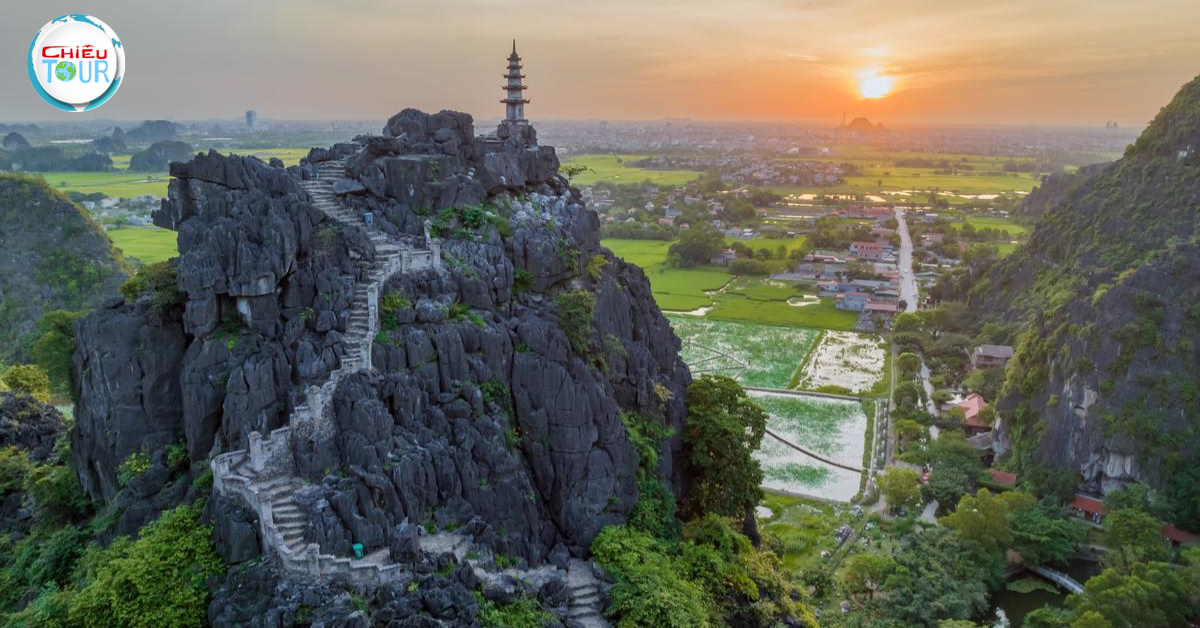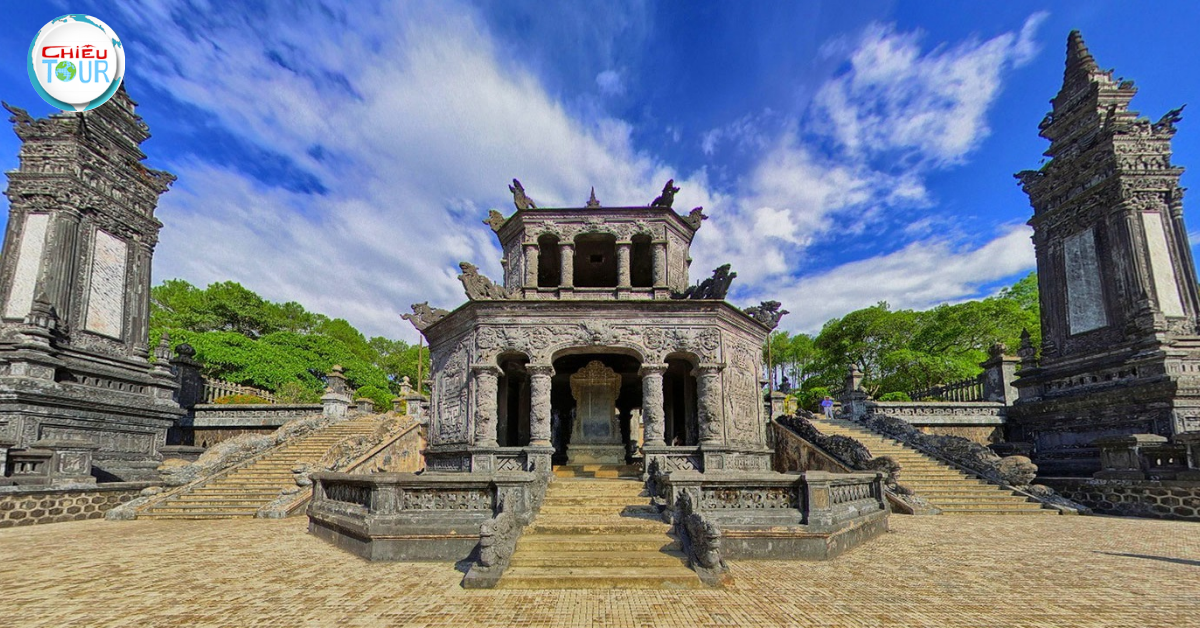Long Son Pagoda: A Symbol of Buddhism in Nha Trang
- Author: Admin
- | Hot destination
Long Son Pagoda stands as a majestic testament to the enduring legacy of Buddhism in Vietnam, particularly within the coastal city of Nha Trang. Nestled amidst lush hills and surrounded by a serene atmosphere, this sacred site attracts not only devout practitioners but also curious travelers eager to explore its rich history and spiritual significance. As a prominent landmark, Long Son Pagoda encapsulates the essence of Buddhist architecture and philosophy, making it an emblem of peace, reflection, and cultural heritage.
Historical Significance and Development of Long Son Pagoda
The history of Long Son Pagoda is intertwined with the broader narrative of Buddhism in Vietnam, reflecting both the challenges and triumphs faced by the faith throughout the centuries. This section delves into the historical significance of Long Son Pagoda, exploring its origins, transformations, and the key events that have shaped its identity.
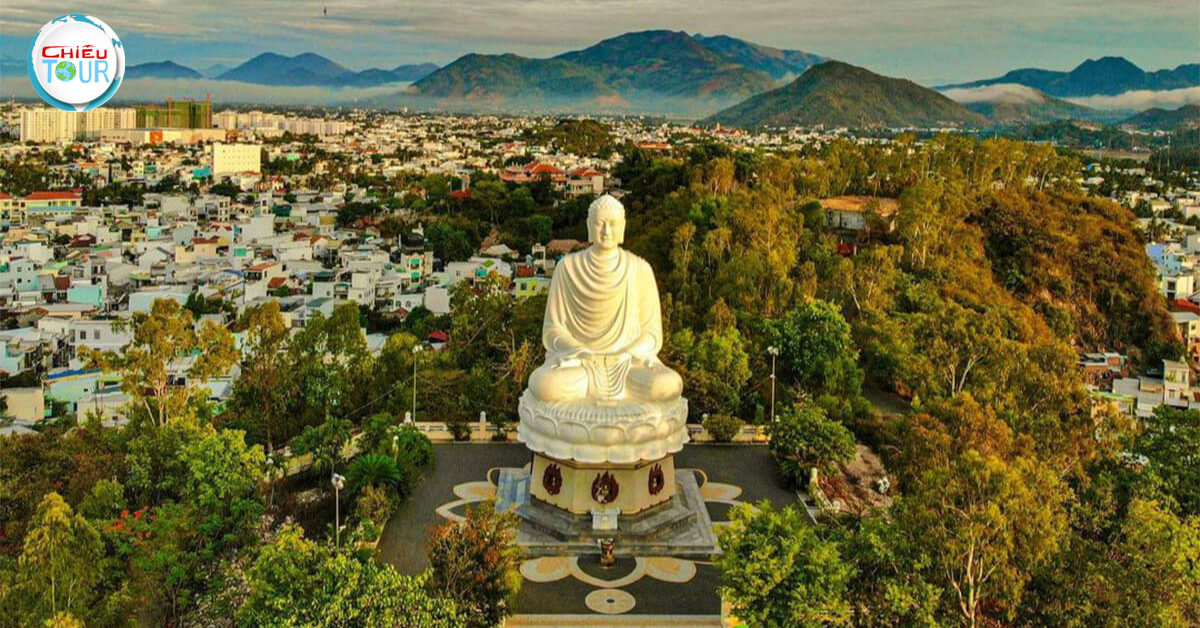
Origins of Long Son Pagoda
Long Son Pagoda traces its roots back to the late 19th century, when it was initially established on a hill overlooking Nha Trang. Originally named "Long Son" due to the surrounding landscape, the pagoda served as a humble retreat for monks seeking solitude and spiritual enlightenment.
As Vietnam experienced various socio-political upheavals, including colonial rule and warfare, the pagoda’s fate was closely linked to the struggles of Buddhism. Despite these challenges, Long Son Pagoda persevered, becoming a sanctuary for those in search of comfort and solace amidst turmoil.
Architectural Evolution
Over the years, Long Son Pagoda underwent several renovations and expansions, each contributing to its architectural grandeur. The most notable development occurred in the mid-20th century when a colossal statue of the Buddha was constructed atop the hill. This statue, standing at an impressive height, became an iconic symbol of the pagoda and a beacon of hope for many devotees.
The pagoda showcases traditional Vietnamese architectural styles, characterized by intricate wood carvings, vibrant murals, and ornate altars. These elements reflect the core tenets of Buddhism while harmonizing with the natural environment, inviting visitors to immerse themselves in its tranquil ambiance.
Key Historical Events
Throughout its history, Long Son Pagoda has witnessed numerous significant events that underline its importance within the local community. One such event was the establishment of the Buddhist Church of Vietnam in the 1960s, which sought to unite different sects under one umbrella. Long Son Pagoda played a pivotal role in this movement, serving as a gathering place for monks and laypeople alike.
Moreover, the pagoda became a focal point during times of political unrest, where monks and activists rallied for peace and social justice. Its historical significance extends beyond mere bricks and mortar; it symbolizes resilience and the unwavering spirit of those who seek enlightenment amid adversity.
Cultural and Spiritual Practices at Long Son Pagoda
Long Son Pagoda is more than just a historical monument; it is a living center of spirituality and cultural practices. This section explores the diverse array of rituals, celebrations, and daily life within the pagoda, shedding light on how these activities contribute to its status as a symbol of Buddhism in Nha Trang.
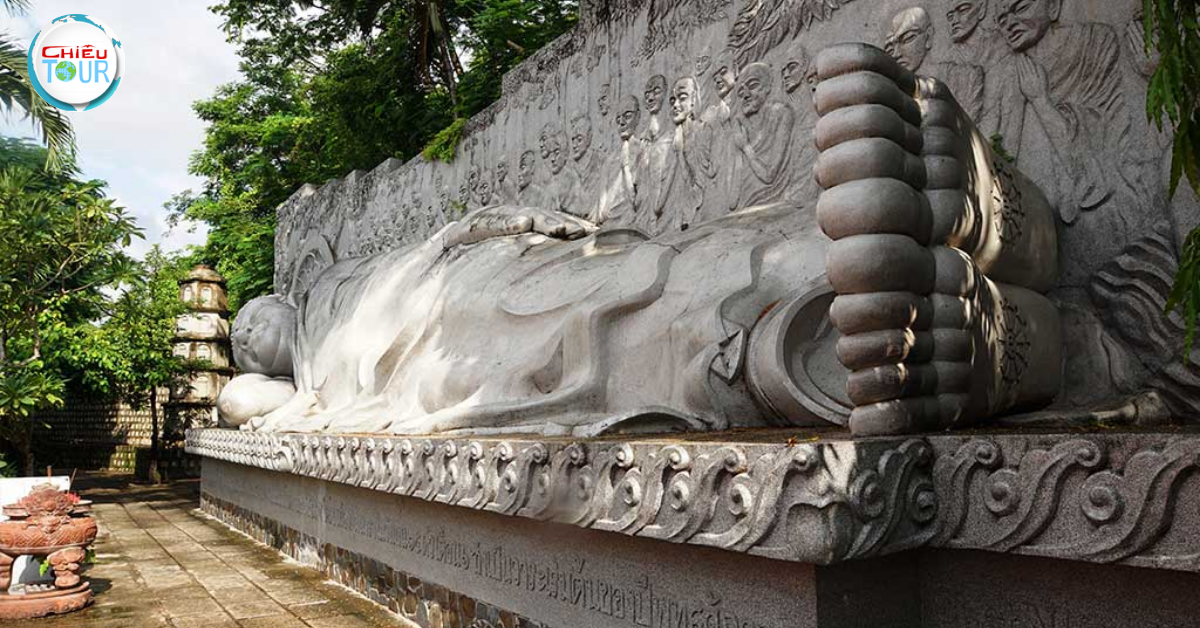
Daily Rituals and Offerings
Visitors to Long Son Pagoda can observe the daily rituals performed by monks and devotees, each imbued with deep spiritual meaning. Mornings at the pagoda often begin with chanting and meditation, creating an atmosphere of serenity and mindfulness.
Devotees frequently come to offer incense, lotus flowers, and fruits at the altars, expressing their gratitude and seeking blessings from the Buddha. These offerings are steeped in symbolism—lotus flowers represent purity emerging from muddy waters, while fruits symbolize abundance and prosperity.
Festivals and Celebrations
One of the most vibrant aspects of Long Son Pagoda is its celebration of traditional Buddhist festivals. The biggest celebration takes place during Vesak, commemorating the birth, enlightenment, and death of the Buddha.
During this time, the pagoda comes alive with colorful decorations, music, and dance. Thousands of pilgrims gather to participate in ceremonies, share meals, and engage in acts of charity. Such gatherings foster a sense of community and reinforce the teachings of compassion and generosity central to Buddhism.
Meditation Retreats and Workshops
In addition to religious observances, Long Son Pagoda offers meditation retreats and workshops led by experienced monks. These sessions attract individuals seeking inner peace and personal growth, providing them with tools to manage stress and cultivate mindfulness.
Participants are guided through various meditation techniques, allowing them to connect with their inner selves and deepen their understanding of Buddhist teachings. The serene surroundings of the pagoda enhance the experience, enabling individuals to find solace amid the chaos of everyday life.
Artistic Expressions at Long Son Pagoda
Long Son Pagoda is renowned not only for its spiritual significance but also for its artistic expressions. The intricate artwork, sculptures, and carvings found throughout the pagoda reveal the rich cultural heritage of Buddhism in Vietnam. This section delves into the artistic components that make Long Son Pagoda a visual masterpiece.
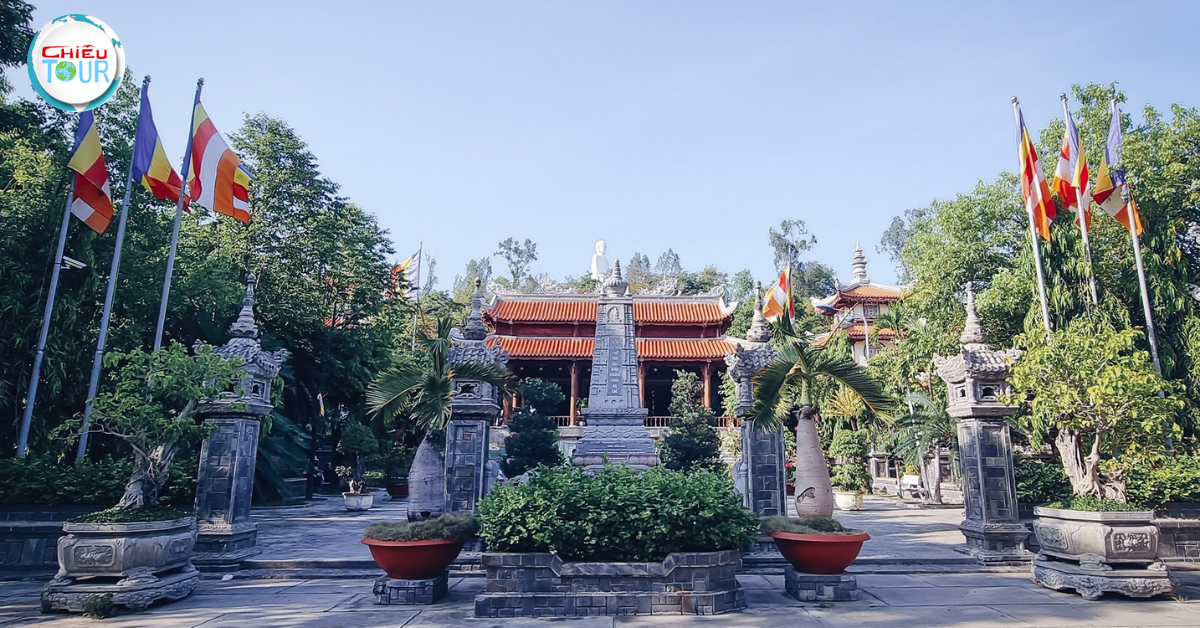
Sculptural Masterpieces
One cannot discuss Long Son Pagoda without mentioning the monumental statue of the Buddha seated in meditation. This striking figure, crafted from white cement, embodies tranquility and wisdom. Standing at over 14 meters tall, it overlooks the city, serving as a reminder of the importance of mindfulness and compassion.
Around the pagoda, visitors will also encounter smaller statues depicting various Bodhisattvas, each representing different aspects of Buddhist philosophy. These sculptures are adorned with vibrant colors and intricate details, captivating the attention of all who visit.
Paintings and Murals
The interior of Long Son Pagoda is adorned with stunning murals that narrate significant events from the life of the Buddha. These paintings serve as educational tools, offering insights into Buddhist teachings and beliefs. The use of vivid colors and dynamic compositions invites viewers to engage with the stories being told.
Beyond their aesthetic appeal, these murals provoke thought and reflection, encouraging individuals to contemplate the messages conveyed through art. They serve as a bridge between spirituality and creativity, highlighting the inseparable bond between the two.
Calligraphy and Literature
Calligraphy holds a significant place within the artistry of Long Son Pagoda. Phrases from sutras, poems, and proverbs are elegantly inscribed on wooden boards and walls, conveying profound wisdom in visually striking ways.
These inscriptions not only enhance the beauty of the pagoda but also serve as reminders of the teachings of the Buddha. Visitors often find themselves drawn to the eloquence of the written word, prompting them to ponder its relevance in their own lives.
The Role of Long Son Pagoda in Contemporary Society
In modern times, Long Son Pagoda continues to play a vital role in the spiritual and cultural landscape of Nha Trang. This section examines the pagoda's influence on contemporary society, including its impact on tourism, education, and community service.
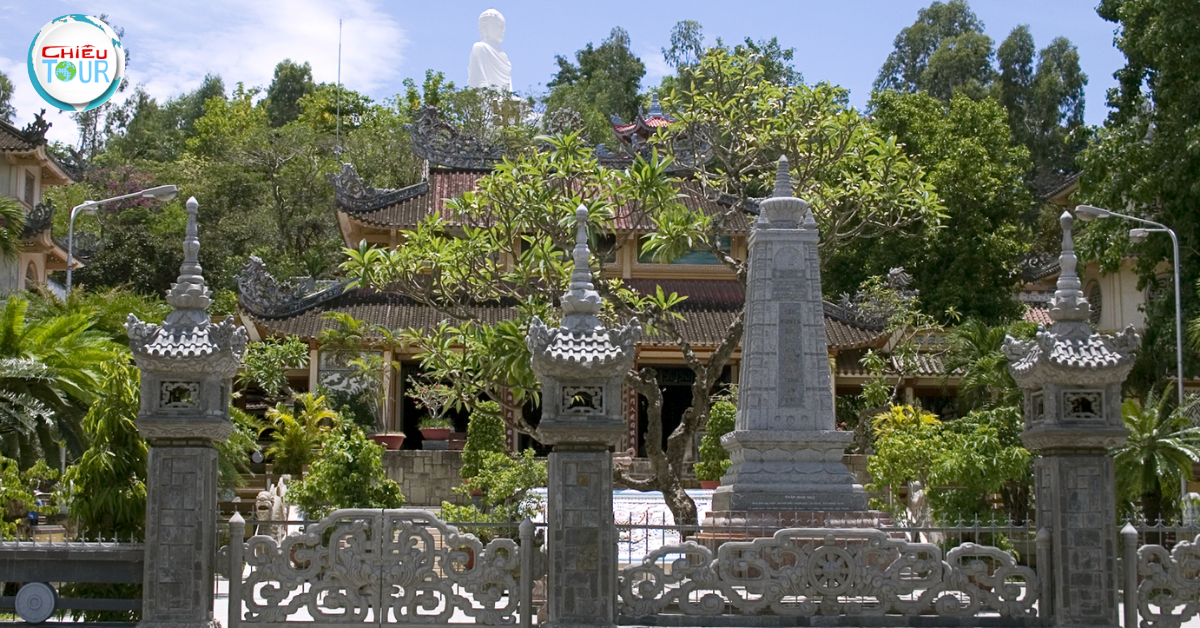
Tourism and Cultural Exchange
As a prominent tourist destination, Long Son Pagoda attracts thousands of visitors each year, bridging cultural gaps and fostering mutual understanding. Tourists are captivated by the beauty of the pagoda, its serene atmosphere, and the warmth of its monks and devotees.
This influx of visitors not only supports the local economy but also encourages cultural exchange. Travelers leave with a deeper appreciation for Buddhism and Vietnamese traditions, fostering a sense of global interconnectedness.
Educational Initiatives
Long Son Pagoda has taken an active role in promoting education within the community. It organizes workshops, lectures, and discussions centered around Buddhist philosophy, ethics, and mindfulness practices.
These initiatives aim to educate individuals about the tenets of Buddhism and their applicability to contemporary life. By fostering knowledge and awareness, the pagoda serves as a catalyst for personal growth and societal improvement.
Community Service and Social Responsibility
The monks at Long Son Pagoda are deeply committed to serving the local community. They engage in various charitable activities, such as providing assistance to the less fortunate, organizing blood drives, and supporting environmental initiatives.
Through these efforts, the pagoda embodies the principles of compassion and altruism central to Buddhist teachings. It encourages others to embrace social responsibility, reinforcing the idea that true spirituality is reflected in one’s actions toward others.
FAQs
What is the best time to visit Long Son Pagoda?
Visiting Long Son Pagoda is ideal during the early morning or late afternoon when the weather is cooler, and the crowds are thinner. Additionally, visiting during Buddhist festivals such as Vesak offers a unique and vibrant experience.
Is there an entrance fee for Long Son Pagoda?
There is no entrance fee to visit Long Son Pagoda, but donations are appreciated to help maintain the site and support its charitable activities.
Can visitors participate in meditation sessions at the pagoda?
Yes, Long Son Pagoda often hosts meditation sessions and workshops open to all visitors. It is advisable to check the schedule in advance to ensure participation.
Are there any dress codes for visiting Long Son Pagoda?
Visitors are encouraged to dress modestly out of respect for the sacred space. It is advisable to wear clothing that covers shoulders and knees.
How long should I spend at Long Son Pagoda?
A visit to Long Son Pagoda typically lasts about one to two hours, allowing ample time to explore the grounds, participate in rituals, and soak in the peaceful atmosphere.
Conclusion
Long Son Pagoda: A Symbol of Buddhism in Nha Trang, stands as a remarkable embodiment of spiritual resilience, cultural heritage, and artistic expression. Its storied history and ongoing significance in contemporary society showcase the enduring power of Buddhism in nurturing peace, compassion, and community. Whether one seeks spiritual enlightenment, cultural understanding, or simply a moment of tranquility, Long Son Pagoda offers a welcoming sanctuary where individuals can connect with both the divine and the rich tapestry of Vietnamese culture. As it continues to inspire generations to come, this sacred site remains a timeless symbol of humanity's quest for meaning and connection.
 Vietnam
Vietnam 

